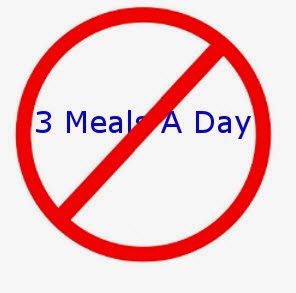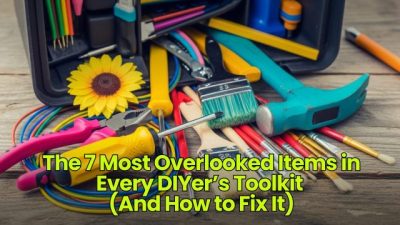The trick to eating six small meals a day rather than three larger ones is to make each meal half as large but packed with nutrition. Start with a small but filling breakfast, have a healthy snack at mid-morning, cut the size of both lunch and dinner, then add a couple of snacks at mid-afternoon and in the evening. Your total calorie count for the day should be equal to or less than what you’ve been consuming over three larger meals.
What you don’t do is eat three big meals plus three fatty, sugary snacks! If you decide to try eating more frequent meals for reasons of health and/or weight loss, you need a plan. Stock up on foods that are low in calories, nutritious and are easily served in small portions.
Protein choices can include low-fat dairy products, lean meat or poultry, seafood, eggs, beans, nuts and soy. Get your healthy fats from avocados, fish and vegetable oils. It’s important to get enough fiber so that you always feel full, so eat your share of whole grains, beans, fruits and vegetables.
For breakfast, how about a cup of oatmeal and a glass of orange juice? Other mini-breakfasts could be an egg with toast and a banana or a smoothie made from fruit, yogurt and ice. Use your imagination, but do include enough protein to get you started in the morning.
Make your mid-morning snack a healthy one, like a piece of fruit and a handful of nuts. Edamame beans are crunchy and filling. Spice up carrot and celery sticks with yogurt dip. Hummus and whole-grain crackers are a tasty substitute for greasy potato chips. Keep non-processed snack items in your desk or briefcase for when the pre-lunch munchies strike. Pack enough for your mid-afternoon snack, too.
For lunch, pack a small sandwich or salad. Soups are fine if they’re low in calories, like lentil or vegetable. Cottage cheese with fruit or cold veggies is another protein-packed choice. Get creative with your leftovers. A small serving of pasta with marinara sauce makes a tasty lunch, but avoid cheesy sauces that are full of fat. How about crunchy peanut butter on fresh whole-grain bread? Leftover meat or poultry can be combined with wheat bread, lettuce and tomatoes for a satisfying sandwich. If you have to go out for lunch, choose a small veggie sub or side salad with low-cal dressing.
Hopefully, you won’t be too ravenous after noshing your way through the day, so dinner doesn’t have to be a big production. If you’re eating with your family, have what they have but in smaller portions.
If you hate cooking small amounts, brew up a pot of soup or veggie pasta sauce once a week and make several small meals. A pot of rice can be the base for several mini-meals, like broiled fish with steamed veggies, grilled chicken breast and a salad or a veggie stir fry. If you make too much of anything and are tempted to eat it all before it spoils, freeze it instead. Place portion-sized amounts in freezer baggies and pull one out whenever you need something fast. Plop it in a dish, microwave and there’s dinner!
There’s no guarantee that eating several small meals each day rather than three large ones will result in major weight loss. You have to make the right food choices and avoid using more frequent meals as an excuse to gorge on fatty foods. To feel full all day and keep your energy up, you need a diet rich in fiber and nutrients.
Substituting mini-meals and snacks for three larger meals won’t work for everyone, but if you’ve been fighting hunger pains during the day, this plan is definitely worth a try!
| Written on 10/31/2013 by Linda Cauthen. |







